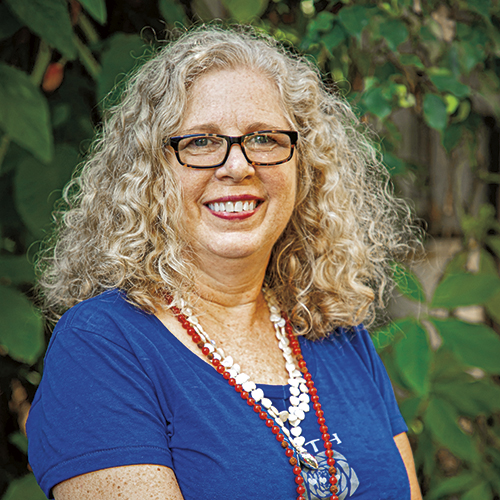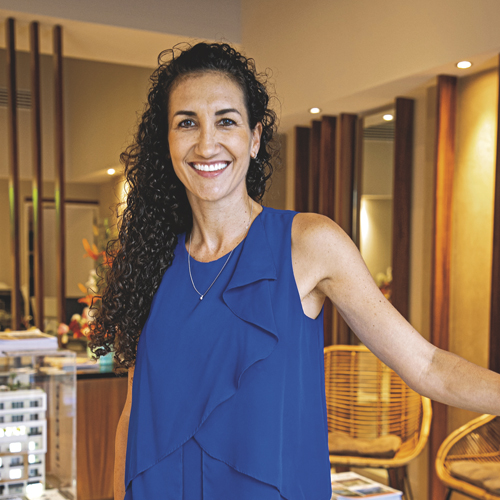Behind the Scenes at a Talavera Factory

As you discover Puerto Vallarta, it is difficult to miss the ubiquitous oval-shaped ceramic door signs outside many of its buildings, or the square hand-painted tiles that adorn their different rooms, or the ornate plant holders, picture frames, plates, mugs and even bathroom sinks available for sale in many of our gift shops. In fact, this type of ceramic, known as Talavera, is the oldest of its type in America and is still manufactured today using essentially the same techniques as when it originally arrived from Spain.
A Long Time Ago…
Many Spaniards settled in Mexico after conquering the Aztec capital of Tenochtitlan in 1521, marking the beginning of the colonial period, which lasted until 1810. Among them, a group of Dominican preachers from Talavera de la Reina, a city in the western part of the province of Toledo, Spain, took it upon themselves to share religious teachings with Mexican natives in the city of Puebla.
Even at that time and to this date, Talavera de la Reina was well known throughout Europe for its fine ceramic work. Accidents do happen, however, and soon the dishes the Dominicans carefully packed and traveled to the new world with began to chip and even break. Confronted with a dilemma, they had to choose between importing more dishes from Spain, a costly and time-consuming affair, and training their local followers to create their own. They chose the latter. Soon enough, people became interested in purchasing the at-the-time nameless brand of ceramics, which became known as Talavera, and one of Puebla’s two most enduring traditions, mole poblano the other. Furthermore, this became a most profitable way for the Dominicans to fund the construction of new churches and monasteries.
Today, Talavera earthenware is better known as such in Mexico than in its city of origin. And while it continues to be at the zenith of its manufacture, Puerto Vallarta has positioned itself as an important source of this treasured staple of Mexican craft.
Talavera is produced locally at Mundo de Azulejos, a small, unassuming factory / showroom located in Emiliano Zapata. In the beginning, founder Benigno “Benny” Ibarra imported Talavera from Puebla, but due to inconsistent manufacturers and increasingly unpredictable delivery schedules he had to make similar decisions to those of the Dominican preachers, eventually opting to produce locally using regional materials. It took Ibarra over three years of trial and error to harness the local clay to produce his own ceramic pieces and the minerals required to paint them in a much more humid climate than Puebla’s. And while many manufacturers today rely on machinery to produce carbon copies of each piece, Ibarra chose to stick to the tradition of producing and painting his by hand, infusing them with uniqueness and originality.
The Process

Production manager Eduardo Castro supervises a crew of artisans, many of whom were hired with pre-existing talent but further trained specifically to work with clay. Each of these artisans sits at a production station, surrounded by various mineral-based paints and brushes. Pieces are first coated with white enamel and then painted individually, always by hand, sometimes aided by plastic stencils. On average, it takes each artisan between 10 and 30 minutes to paint an individual tile. The colors used are deceptively soft, pastel-like. The pieces come to life with strikingly rich colors as if by magic, however, when they are fired for five hours at a temperature of 1100° Celsius (2012° Fahrenheit) in any of Mundo de Azulejos’ six enormous gas kilns.
“This is no small potatoes,” comments Castro, who’s been with the company for 12 years. “We only fire the kilns once a day. It takes approximately 30 minutes for them to come to the proper temperature. Once we close them, there is no turning back.” With an average monthly gas bill of $2,000 USD, there is little margin for error; nevertheless, this enthusiastic crew is able to produce a custom-inscribed wall plaque, a popular souvenir, in 24 – 48 hours.
Quality does not come cheap. Since traditional Talavera must be painted by hand, manufacture and labor costs can make it slightly more expensive than other types of pottery. Regardless, people from all over the world, from Hollywood personalities to Arabian royalty, have chosen to decorate their homes with Talavera produced here in Puerto Vallarta.





Comments